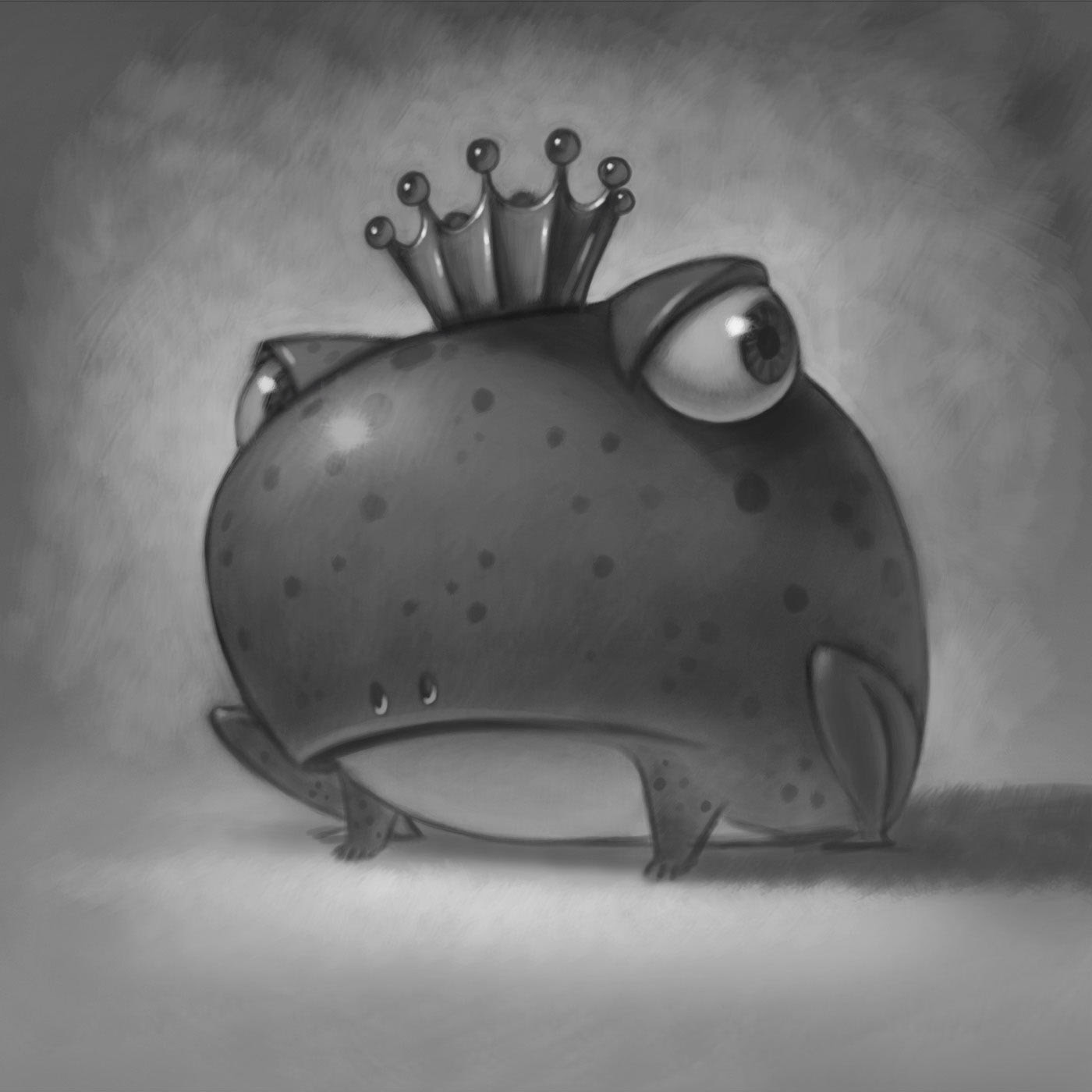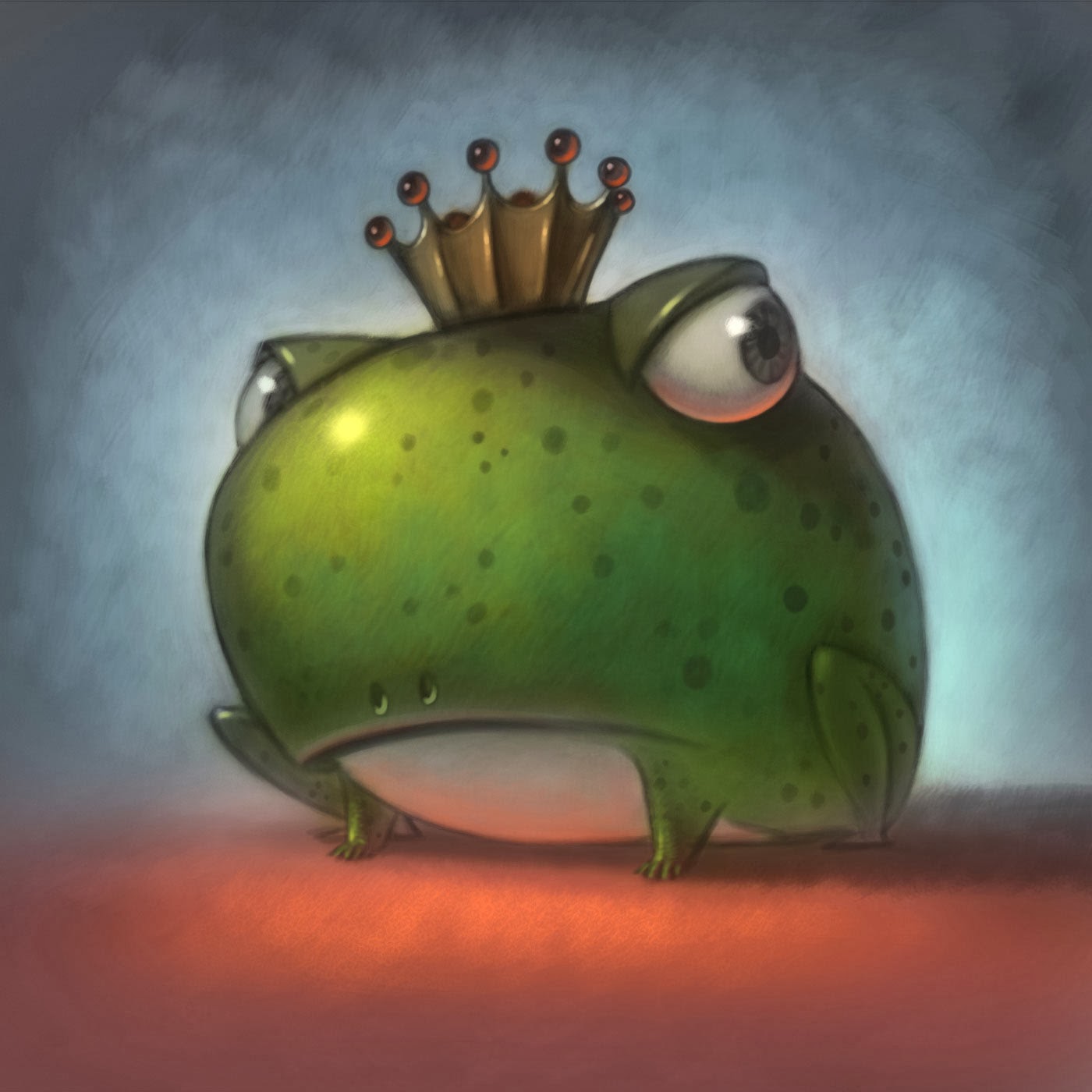Orriginal Record Holder Demands a Recount. (re-Measure)

Worlds Largest Tie-Die
The current, or previous world record tie-dye held by Artist Masami Shaingai of Tokushima Japan is considered a part of Japanese national heritage, so Guinness requested a re-verification of the new world record held by American artist Inez Harwood.
Liberty took four months to tie-dye.
Using over nine-thousand zip ties to hold the 950 pounds of fabric and one-hundred-twenty pounds of dye. (Dry weight) Dye that was generously donated by California based company Dharma Trading Company, who helped get the word out about the project on their blog. On rinse day, fire rescue volunteers pumped approximately 300, 000 gallons of water to rinse of “Liberty”. Official measure of Liberty is 2945 feet and 7 inches, 200+ feet longer than the record held by Artist Masami Shaingai ofTokushima Japan. Shibori, the Japanese version of tie-dye is a traditional art in Japan and the current Japanese world record is considered a part of Japanese national heritage, so Guinness requested a re-verification of the new world record held by American artist Inez Harwood. The official remeasure will be calculated by Greg Loweden of Hunt Land Surveying Inc. of Weaverville California. Since the first measure was completed while the fabric encircled two holding pond and was still wet from the rinse, Lowden feels the remeasure could be significantly longer. He has started a local betting pool to benefit the local high school, that offers a prize to the person who can guess the exact measurement of Liberty. (email glowden@velotech.net for more information)
Contact: Terry Nagle (530)739-9366 terry@unseen-arena.com unseen-arena.com
Last March Artist Inez Harwood set out to break the world record for longest tie-dye. Harwood wanted fabric sourced from cotton grown in the United States, however finding a piece of domestic fabric long enough to break the world record wasn’t easy. The search for fabric made from domestically grown and milled cotton took many months as Harwood searched local textile suppliers, the internet and finally, took to calling textile mills; through this research Harwood found that a very high percentage of American cotton is outsourced to places like the middle east and China for the spinning and weaving process, then shipped back to the U.S. The search ended in the discovery of Inman Mills in South Carolina. “I care about the American’s who have lost their cotton textile jobs. So I named my world’s longest tie-dye, Liberty that’s how this became my vibrant protest. “Says Harwood.Expecting to pay a premium, Harwood was surprised that the price of the high quality domestic fabric undercut the foreign equivalent by a significant percentage.
Liberty took four months to tie-dye. Using over nine-thousand zip ties to hold the 950 pounds of fabric and one-hundred-twenty pounds of dye. (Dry weight) Dye that was generously donated by California based company Dharma Trading Company, who helped get the word out about the project on their blog. On rinse day, fire rescue volunteers pumped approximately 300, 000 gallons of water to rinse of “Liberty”. Official measure of Liberty is 2945 feet and 7 inches, 200+ feet longer than the record held by Artist Masami Shaingai ofTokushima Japan. Shibori, the Japanese version of tie-dye is a traditional art in Japan and the current Japanese world record is considered a part of Japanese national heritage, so Guinness requested a re-verification of the new world record held by American artist Inez Harwood. The official remeasure will be calculated by Greg Loweden of Hunt Land Surveying Inc. of Weaverville California. Since the first measure was completed while the fabric encircled two holding pond and was still wet from the rinse, Lowden feels the remeasure could be significantly longer. He has started a local betting pool to benefit the local high school, that offers a prize to the person who can guess the exact measurement of Liberty. (email glowden@velotech.net for more information)
Harwood visited the Trinity county area this month to attend several meetings with local civic leaders, businesses and artists aimed at blustering the local economy through e-commerce and tourism centered on the Saint Francis Festival and an official re-measuring of Liberty the worlds longest tie-dye. Harwood’s focus is on attracting attendees of the remeasure event to local businesses and events taking place during the Saint Francis Festival. In her interview with ABC (channel 7 news) Tracy Leong, Harwood said, “ I think we should start voting for the home team.” Harwood believes that if U.S. citizens choose to buy American products first, the current economic crisis will resolve itself. (to see a webcast of the interview visit http://vibrantprotest.com/2013/08/13/vibrant-protest-liberty-is-going-places/) If you are interested in seeing “liberty” the worlds longest tie-dye it will be on display at the Unseen Arena in Hayfork California during the Saint Francis Festival September 25th– October 6, 2013. To find out more visit vibrantprotest.com or unseen-arena.com
























